5 misconceptions about the Middle Ages that everyone believes for some reason
Categories: History | Society | World
By Pictolic https://pictolic.com/article/5-misconceptions-about-the-middle-ages-that-everyone-believes-for-some-reason.htmlThe Middle Ages is one of the most interesting and mysterious eras in the history of mankind. Many - especially fantasy lovers - believe that they know almost everything about the Middle Ages. Meanwhile, this is not so: there are several very common misconceptions that completely distort our view of this historical period.
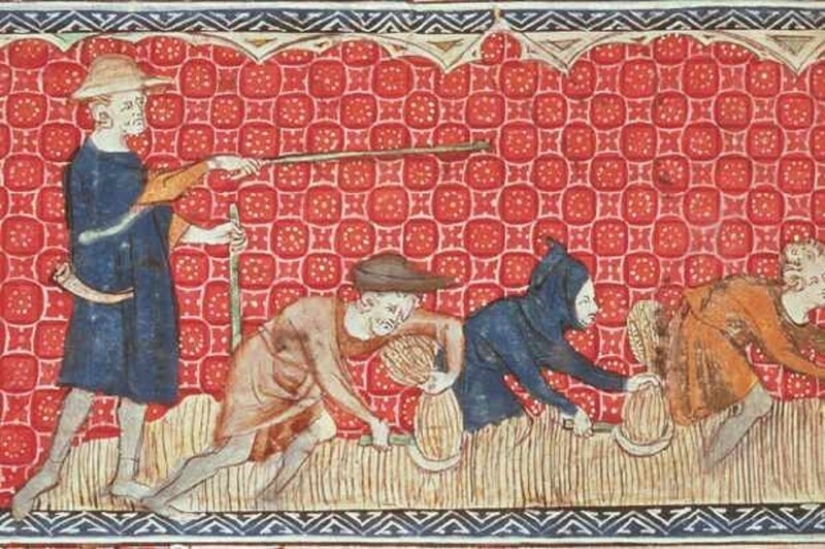
Many sources say that the average life expectancy in the Middle Ages was about 30 years.
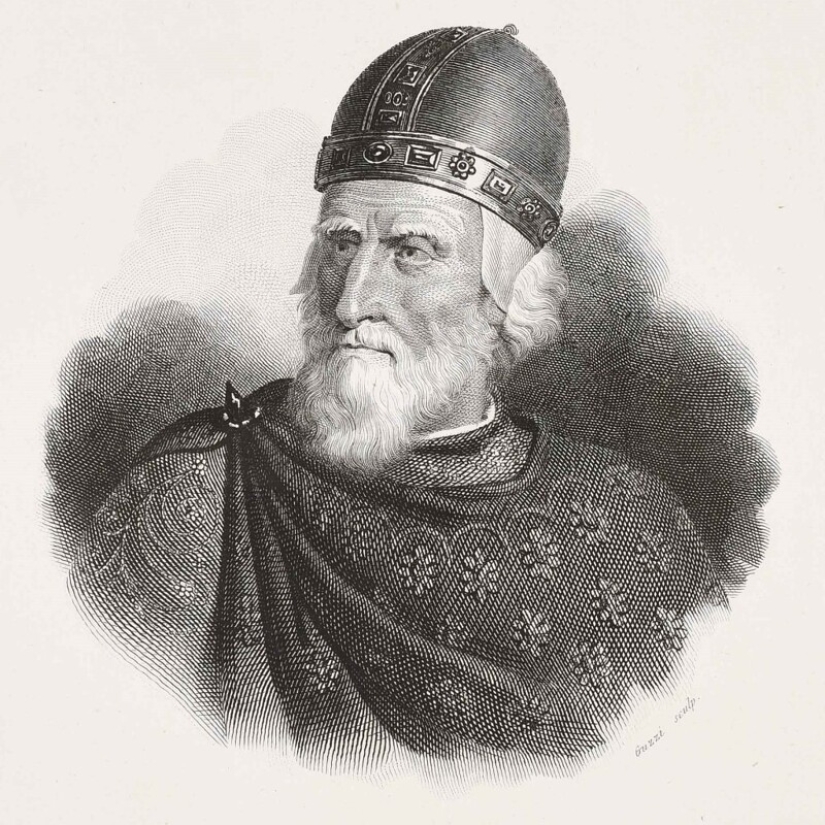
Because of this, many people think that at that time people matured very quickly: by 15 they started a family and had offspring, by 20 they gained experience and by 30 they were already ready to descend into another world due to illness and deprivation. Meanwhile, this is not true.
The low life expectancy in the Middle Ages was primarily due to high infant mortality. Children, indeed, massively died during childbirth, from disease or malnutrition. But those who managed to hold out for the first couple of years later lived, on average, up to 50-60 years: less than today, but much more than most of our contemporaries imagine.
Witch hunts and their burning in the Middle Ages are mentioned in a variety of sources - from Walter Scott's Ivanhoe to the comedy Monty Python and the Holy Grail.
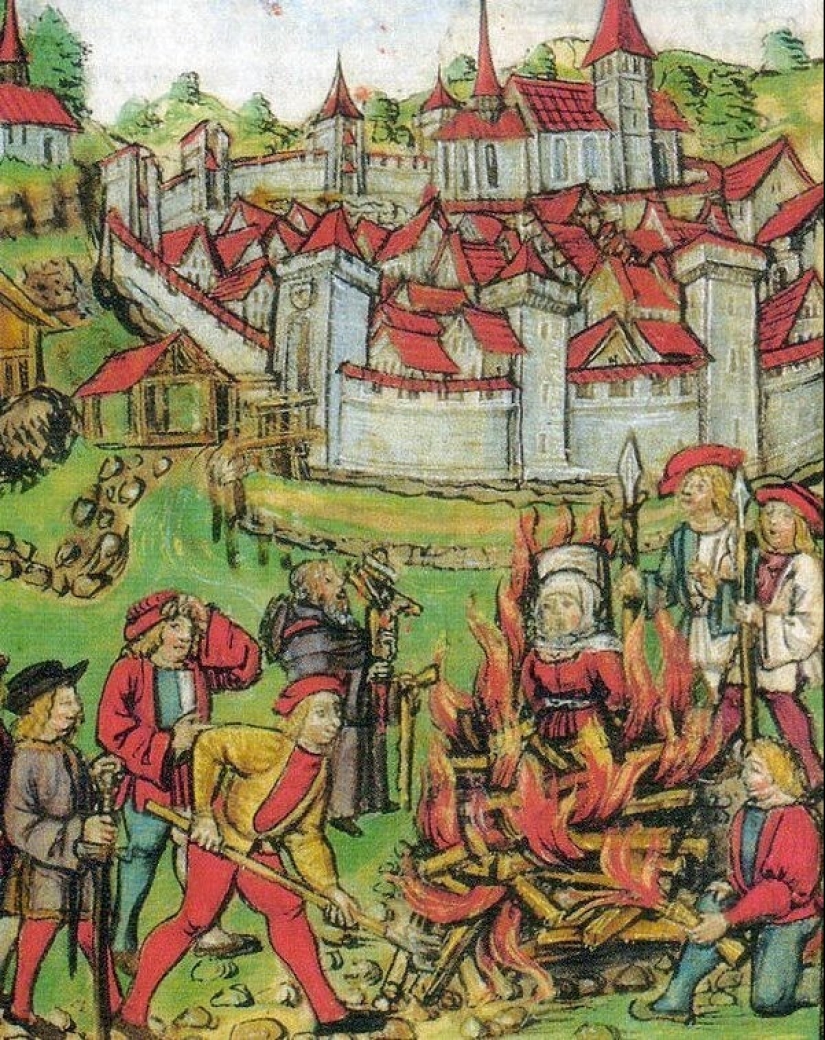
Meanwhile, the burning of witches was much more practiced in the Renaissance, which is considered more enlightened. In the Middle Ages, the official position of the church in relation to witches and sorcery was simple: the church claimed that nothing of the kind existed.
The priests considered belief in witchcraft a prejudice and fought it as best they could. Alas, reason failed to win: the most ignorant turned out to be the most stubborn at the same time, gradually forcing the Catholic Church to change its position - but already at the very end of the Middle Ages.
In Mark Twain's A Yankee in King Arthur's Court, the hero managed to defeat a heavily armed knight on the battlefield, because of the heavy armor he was so awkward that the hero could literally run around the enemy, who was unable to turn.
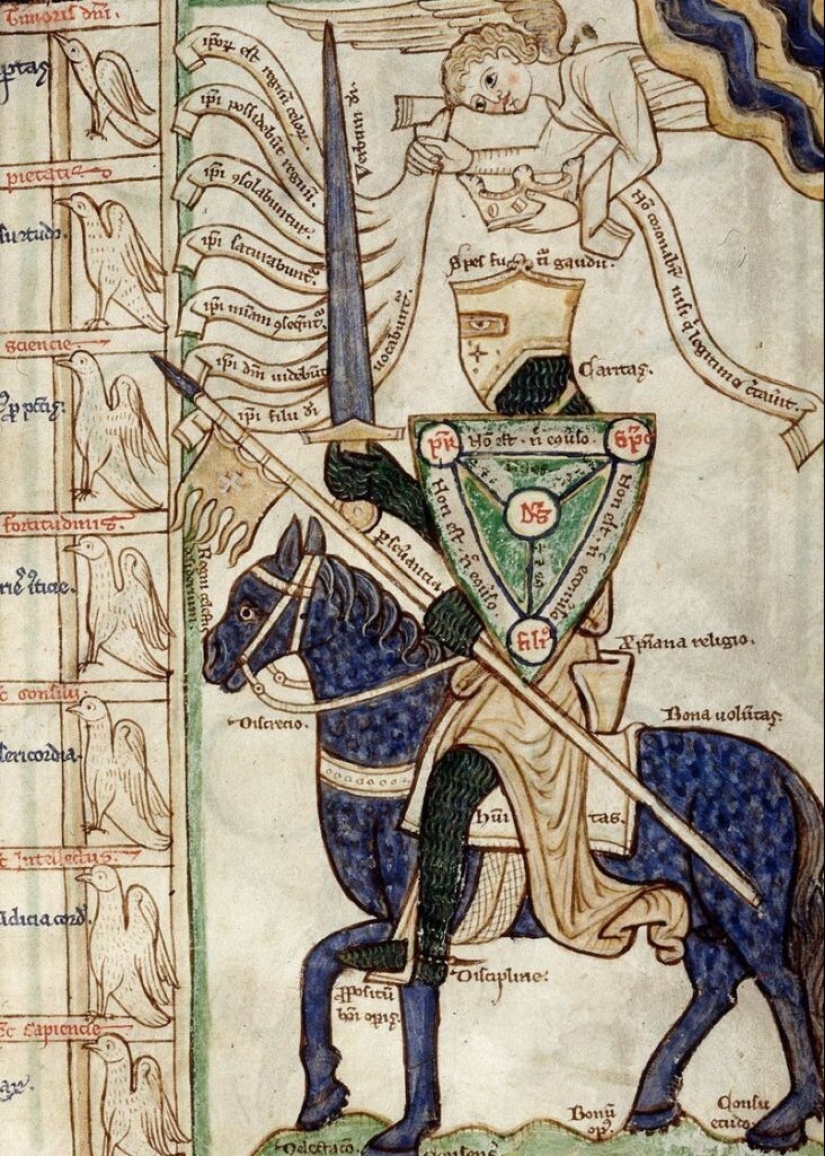
In fact, the armor did not prevent the knights from showing dexterity and strength in battle. High-quality armor weighed 25-30 kilograms, was well-fitted, distributed throughout the body, and was worn by trained fighters who trained all their lives to fight in them. So a knight in metal armor could run, jump, climb over walls and perform almost any physical exercise.
This misconception comes from the Renaissance, when scholars began to refer to the Middle Ages as the "Dark Ages". According to many minds of that time, after the Roman Empire and until the Renaissance, world science not only did not make progress, but, on the contrary, regressed.
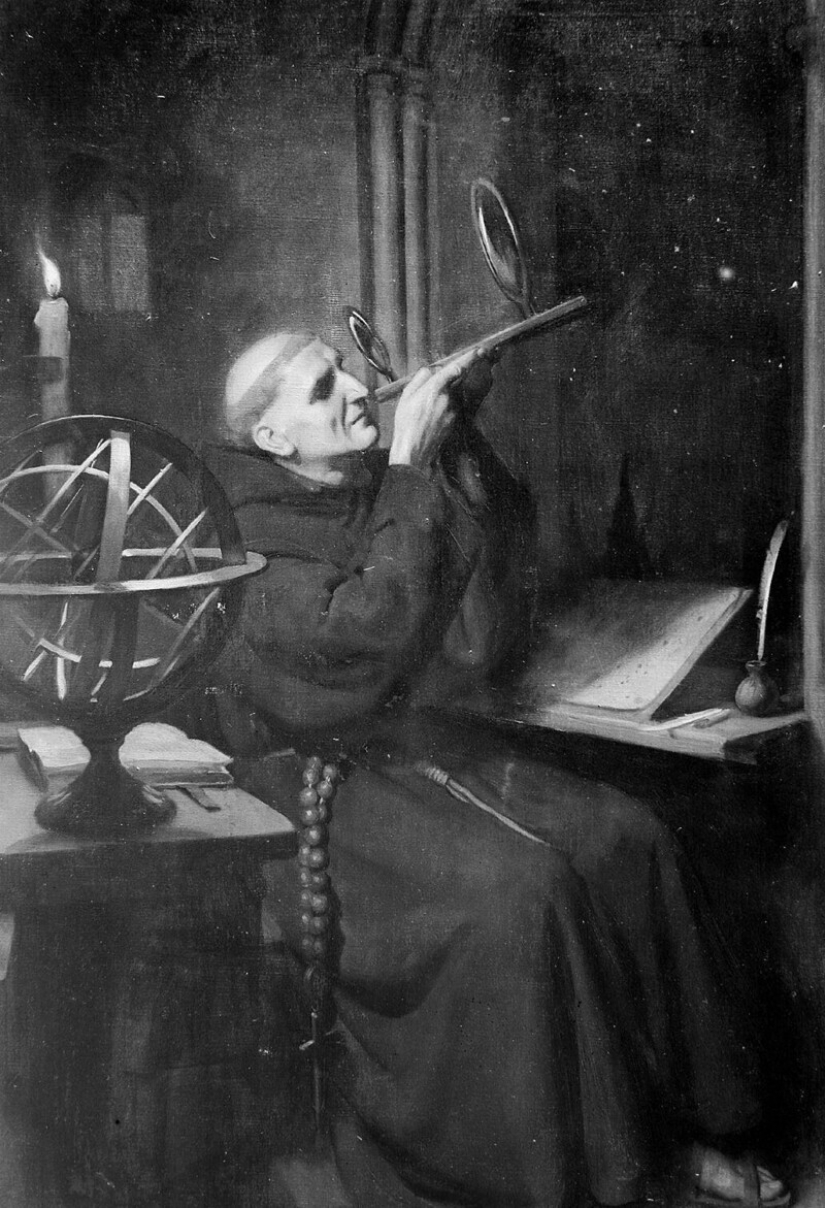
But it is not so. Indeed, at the dawn of the Middle Ages, science practically stopped its development - mainly because in the chaos of the years that followed the fall of the Roman Empire, many cities and monasteries that served as shelters for learned men were destroyed.
However, starting with Charlemagne, who came to power in the ninth century, the "Carolingian Renaissance" began, when scholars searched for and rediscovered ancient texts, and new schools and universities opened throughout Europe. By the twelfth century, scholars lecturing in university auditoriums were making long tours of Europe, moving from college to college. So university education in the Middle Ages was quite quoted!
It is generally believed that a woman in the Middle Ages was nothing more than a man's property. She was given in marriage to a stranger, after which she only gave birth to children and embroidered napkins. If this did not suit her, she could become a nun - if her father allowed.
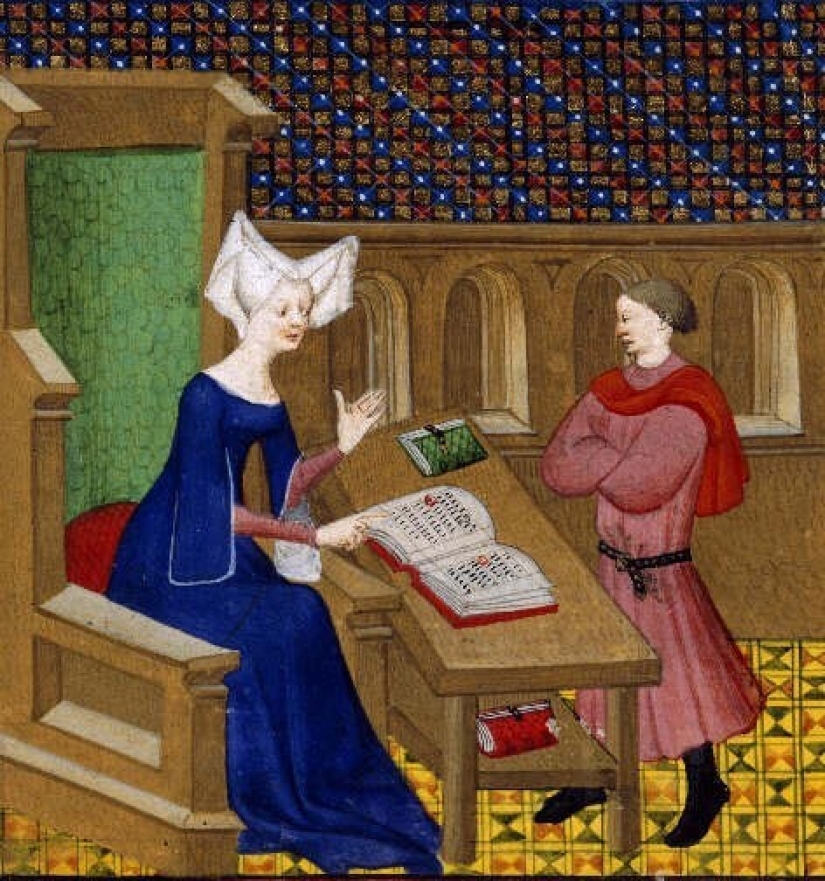
However, in reality, things were not so clear cut. In Europe, a woman very often became her husband's partner in the family business, working and commanding hired personnel on an equal footing with him. If the husband died, the woman continued the business on her own. Sometimes women would start their own business—for example, cloth making or brewing beer—and run it so successfully that they refused to marry at all.
The wives of the nobility ran a huge household on their own - often in the absence of their husband, who disappeared for months on military campaigns. And although women had much less rights than men, they had many opportunities to show their organizational talents and abilities in one or another craft.
Recent articles

Treasures are all associated with pirates, robbers and the affairs of bygone days. You will be surprised, but countless treasures ...

Professional street photographer Eric Kim teaches his craft in workshops around the world. Next, you will find some tips from a ...

An Englishman, a German and a Russian meet... No, this is not the beginning of another joke, but a rough description of a video ...